Imam Hussain Holy Shrine - a name that has conquered a high position in the political, social and religious fields in international news bulletins to be considered a reliable source.
News agencies around the world race to arrive there, as the directives issued from their chief editors are highly sensitive on a wide scale such as Iraq, and even the Middle East.
It is imperative for the recipient to research and investigate the reasons that made this religious place, located southwest of the Iraqi capital Baghdad, attain this high position in the Iraqi and international media arena.
In a quick introduction, the history and nature of this religious place and the importance and sanctity it has acquired throughout history must be recognized in order to achieve its position.
Imam Hussain Holy Shrine houses the grave of the Islamic warrior Hussain ibn Ali ibn Abi Talib - the grandson of Prophet Muhammed (pbuh).
In the year 60 A.H, corresponding to 679 A.D, when the Umayyad Caliph Yazid inherited his father’s throne to rule the ‘Islamic State’, Imam Hussain, who was living in Mecca, rejected to pledge allegiance to him. He migrated to Iraq, where he faced many troubles against the Umayyad regime after the spread of tyranny and injustice.
An unequal battle had taken place on the present land of Karbala in the year 61 AH. On the 10th day of Muharram, or the day of Ashura, Hussain was martyred along with his family and companions.
Since that date, Karbala, and specifically the holy shrine of Imam Hussain, peace be upon him, have become an intellectual and revolutionary center as well as a symbol of struggle against tyranny for all humanity.
After the fall of the dictatorial regime of Saddam in 2003, Imam Hussain Holy Shrine had become a fundamental pillar in Iraq. Over the last 15 years, it has greatly contributed to address the numerous threats facing the country and on various levels starting with political, social and economic affairs, in addition to security.
The Supreme Religious Authority in Iraq, represented by Grand Ayatollah Sayed Ali al-Sistani, prepared the Imam Hussain Holy Shrine to be the platform to deliver its message and guidance to all Iraqi people from all faiths, resolving issues facing the country and the people.
One major issue the Holy Shrine focused on was the country’s social cohesion especially after the deterioration of facilities and infrastructure during the period of the economic siege during the dictatorship era.
It began to adopt the establishment of hundreds of projects directly related to humanitarian affairs, with the priority of helping all members of the Iraqi communities, regardless of their ethnicity, tribal affiliation, or belief.
This awareness was manifested on the humanitarian and national levels, starting with the service projects offered to the marginalized and destitute classes along with the economic, developmental and cultural projects that provide material and moral support for all.
The contributions of the Holy Shrine of Imam Hussain helped to consolidate the social cohesion in the country, through its development projects.
Imam Hussain Holy Shrine established many schools and academies as well many vital health care buildings like hospitals, clinics and medical centers around the country.
It gives a special priority to the education, scientific and cultural fields, especially to the youth, through building primary and secondary schools and universities in addition to schools of special needs, scout camps and kindergartens.
This humanitarian effort also included the livelihood of the population where the Holy Shrine worked to provide tens of thousands of job opportunities for unemployed graduates and academics.
The Holy Shrine also advanced the environmental and economic situation of the country, like the Fadak Date Farm, Abi al-Ahrar Fish Farm and the Imam Hussain Feed Factory, in addition to other fields specified for the breeding of cows, poultry and sheep.
The Holy Shrine’s most prominent role came after the rise of ISIS in 2014. As the terrorist organization was advancing and occupying a large territory of the country, the Iraqi capital of Baghdad was threatened to fall in its grip. This was when the game-changing Fatwa of defence was announced to the public by Ayatollah Sistani’s representative during the Friday Sermon in the Holy Shrine of Imam Hussain.
This Fatwa was a historic turning point for both Iraq and neighbouring countries. ISIS would not have been stopped without the Fatwa, which restored confidence to the people, after the morale of the security forces collapsed in front of the enemies, who after occupying one-third of Iraq's territory, threatened to invade other cities to reach Kuwait, Saudi Arabia and Jordan.
In addition to material and moral support provided by Imam Hussain Holy Shrine to assist the Iraqi state against ISIS, the Holy Shrine adopted many humanitarian situations including residences for tens of thousands of IDPs from different religions, nationalities and religious beliefs.
At a time when all official and international bodies were unable to provide the necessary needs for thousands of displaced people in terms of suitable accommodation, water and food, the Holy Shrine rushed to provide all their needs.
Imam Hussain Holy Shrine stands for social justice, equality, human rights values and principles, for it is the location embracing the holy body of Hussein bin Ali, the fighter for justice and humanity.



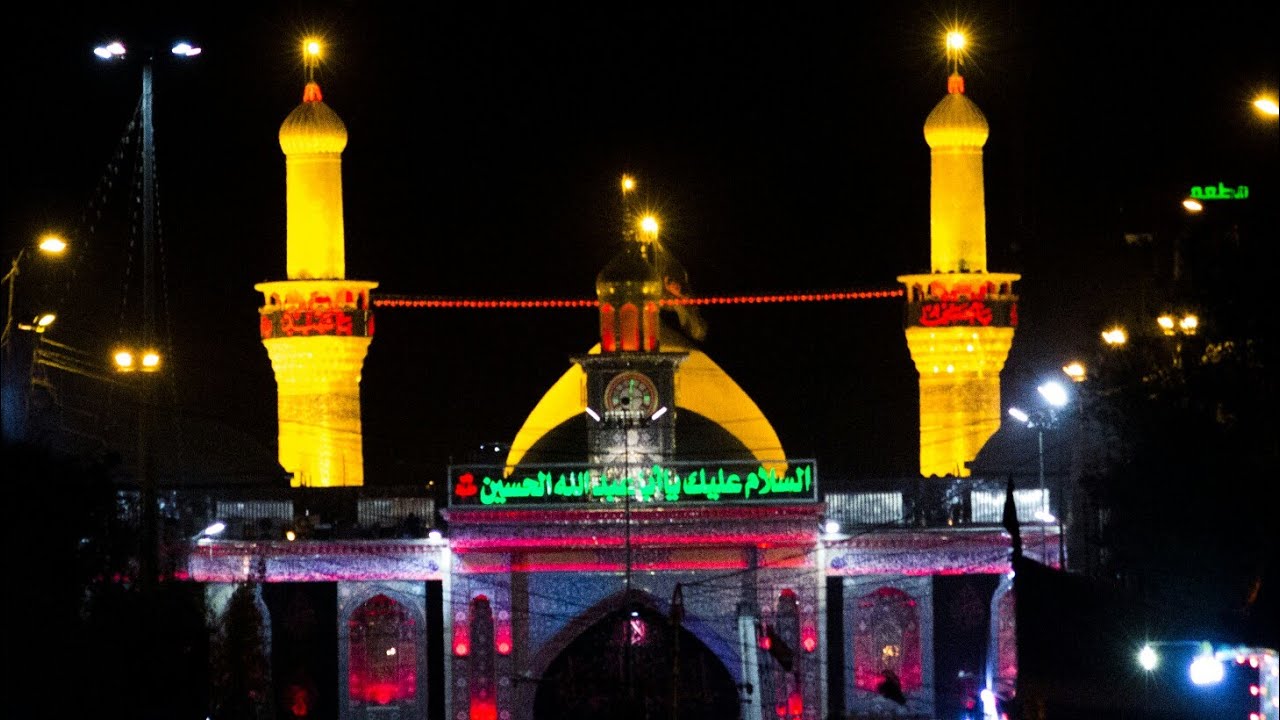



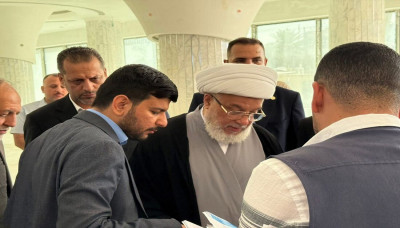
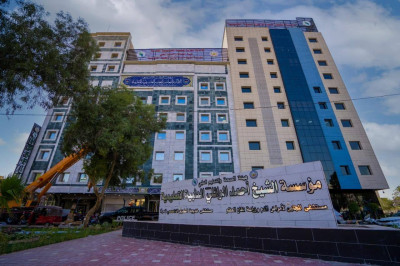
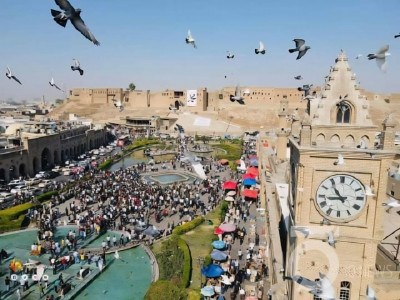
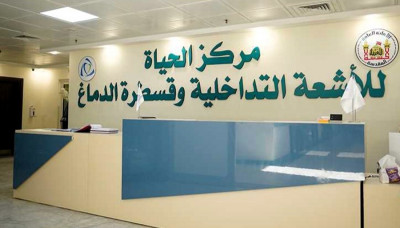
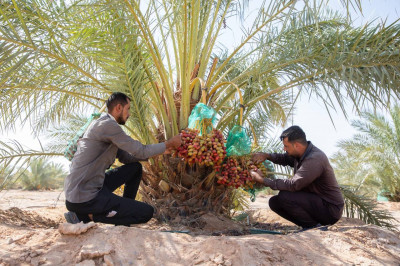
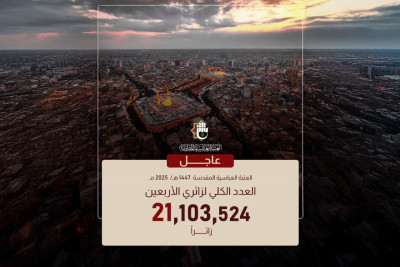

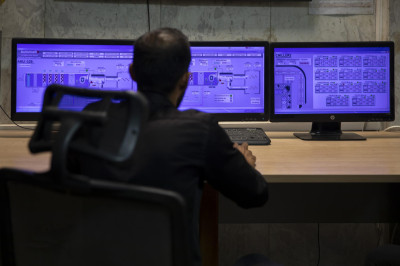
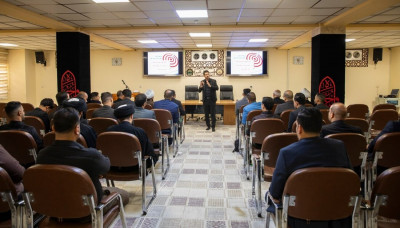

اترك تعليق